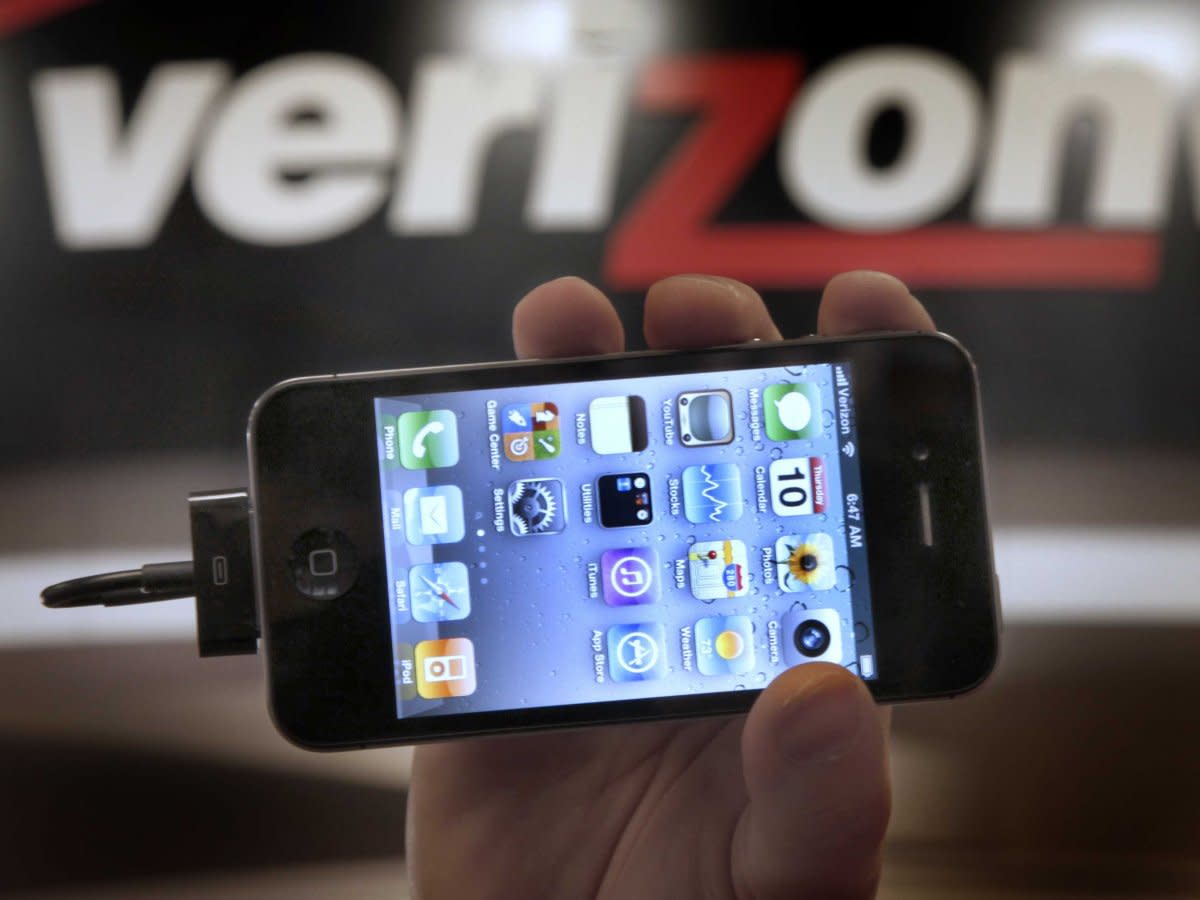REPORT: Verizon Has Been Broadcasting Your Internet Activity To Advertisers For Two Years — And You Can’t Stop It
AP
For the past two years, Verizon has been quietly injecting a serial number-like code into the web traffic that flows between its users and the servers of the websites they visit, Wired and Ad Age report.
The code, which Verizon calls a “Unique Identifier Head,” allows advertisers to see your identity when you browse the web.
Verizon spokesperson Debra Lewis told Wired that there is no way to turn this functionality off, and that the company does not use this data to create profiles of its consumers. Lewis also said consumers can opt out of Verizon’s Relevant Mobile Advertising Program, which means you won’t receive targeted ads.
Although Verizon says it doesn’t build profiles of its customers, a security researcher told Wired this identifier is still visible to the websites you visit. This means advertisers may be able to see that number regardless of whether or not Verizon is directly using your information to build a profile or target ads.
Business Insider has also reached out to Verizon for comment and will update this story if we hear back.
Jonathan Mayer, a computer scientist and law lecturer at Stanford University, posted an infographic earlier this week revealing how the system works. The infographic is based on marketing materials and patents from Verizon that Mayer read through, and shows how the company injects code as soon as your phone makes a request to visit a web browser.
Mayer said he discovered the code in the HTTP heading during his testing. Here’s an example of what this Unique Identifier Head would look like, according to Mayer:
X-UIDH: OTgxNTk2NDk0ADJVquRu5NS5+rSbBANlrp+13QL7CXLGsFHpMi4LsUHw
You can check to see if your phone broadcasts a code like this when you’re browsing the web at this website, although the results may not be accurate if you’re using a Chrome browser on your phone, security researcher Kenneth White cautions.
White also claims this practice isn’t exclusive to Verizon, saying on his website that AT&T and Sprint are using the same sort of identifier “beacons.”
We reached out to AT&T and Sprint and will update this article if we hear back.
From what we’ve read, it seems like the beacon applies to mobile devices using Verizon’s network — not desktop, laptop, gaming consoles, and other devices connected to Verizon FiOS on a home network. Still, we won’t know for sure until we learn more from Verizon.
The post REPORT: Verizon Has Been Broadcasting Your Internet Activity To Advertisers For Two Years — And You Can’t Stop It appeared first on Business Insider.



